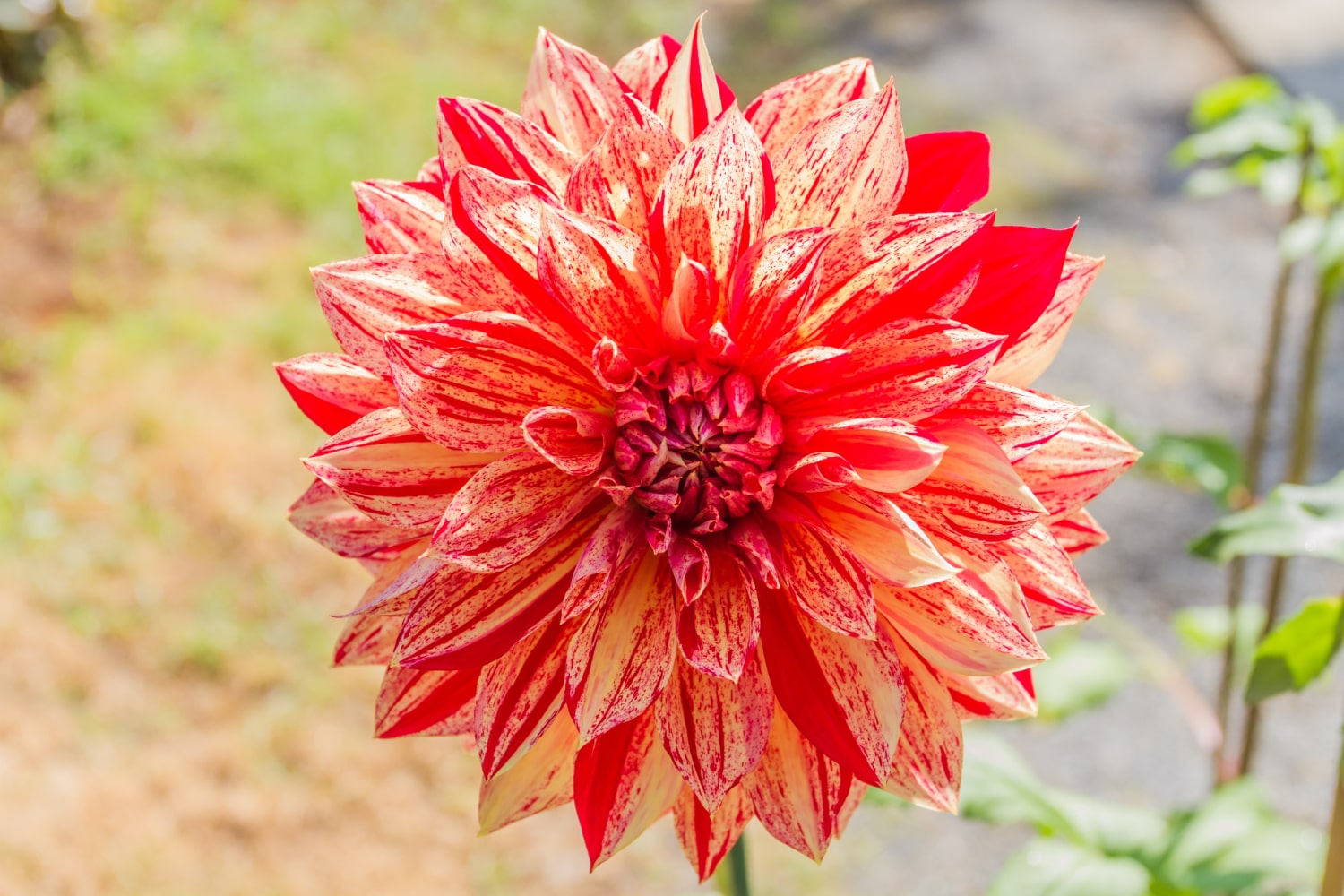Dahlias are true stars of gardens and flowerbeds, dazzling with their diversity of shapes, sizes, and colors. Their petals can be full or simple, and the range of shades seems almost limitless. These plants have a rich history and hide many interesting and surprising facts you may not know. Dahlias inspire not only gardeners but also artists, breeders, and botanical researchers. Here’s a collection of fascinating facts that will help you see these flowers from a whole new perspective.
- Dahlias are native to Mexico, where they grew in the wild long before the arrival of the Spanish. The Aztecs cultivated them not for beauty but as a food source, as the tubers of some species were considered nutritious and beneficial.
- The name “dahlia” honors Swedish botanist Andreas Dahl, although in some countries the flower is still known as “georgina.” It was introduced to Europe in the late 18th century and quickly gained popularity among aristocrats.
- There are over 40 species of dahlias in the wild and more than 50,000 cultivated varieties. This makes dahlias one of the most diverse flowers in the world in terms of shape, size, and color.
- Dahlia flowers can range from just a few centimeters to over 30 centimeters in diameter. Some varieties are so large that their heads need to be staked to prevent them from breaking the stem.
- Dahlias do not have a natural blue pigment. Despite thousands of color combinations, a true blue dahlia remains elusive, and breeders are still conducting genetic experiments to achieve it.
- Dahlias are perennial plants, but in temperate climates they are grown as annuals. To preserve the tubers for the next season, they must be dug up in autumn and stored in a cool, dry place.
- In 1963, the dahlia was declared the national flower of Mexico. This recognition highlights its cultural and historical importance to the country.
- In the Victorian era, dahlias symbolized elegance, loyalty, and strength of character. They were often given as a gesture of gratitude or deep affection.
- Dahlias can self-pollinate, but most often they are cross-pollinated by insects, which contributes to the emergence of new, unpredictable varieties.
- There are dahlia societies around the world that organize annual exhibitions, competitions, and conferences. Participants often grow exclusive varieties that are rarely available commercially.
- Dahlias do not emit a scent like many other ornamental flowers. Their beauty lies in their visual appeal, making them ideal for people with allergies.
- Some dahlia varieties can change color due to weather, soil conditions, or the age of the flower. For example, a bloom might start out pink and gradually turn cream or purple.
- Dahlia tubers contain inulin, a natural polysaccharide that can be used as a sugar substitute. In some countries, the tubers are being researched as a potential food source for diabetics.
- Dahlias dislike strong winds, so they should be planted in sheltered locations. In windy areas, tall varieties need to be supported with stakes.
- In Japan, dahlias are considered a symbol of nobility and spiritual strength. They are often used in floral arrangements during traditional celebrations.
- Despite their lavish blooming, dahlias require a fair amount of care. They need regular watering, fertilization, and protection from fungal diseases and pests.
- In early 20th-century France, attempts were made to create perfume from dahlia extract, but the lack of fragrance led to the project’s failure.
- The most expensive dahlia varieties can cost dozens of dollars per tuber. Their high price is due to their rarity, propagation difficulty, or success in international flower shows.
- Breeders continue to create new varieties by combining rare petal shapes, multi-color patterns, and compact sizes suitable for both large gardens and balcony pots.
- In the United States and the United Kingdom, dahlias are commonly used for wedding decorations, as they symbolize elegance, festivity, and happiness.
Dahlias are much more than just beautiful garden flowers. Their history, versatility, and ability to captivate at first glance make them a true treasure among ornamental plants. These amazing facts show that behind their elegant appearance lies deep scientific, cultural, and aesthetic value. Now that you know more about them, you’ll surely appreciate these flowers with a newfound admiration and wonder.





